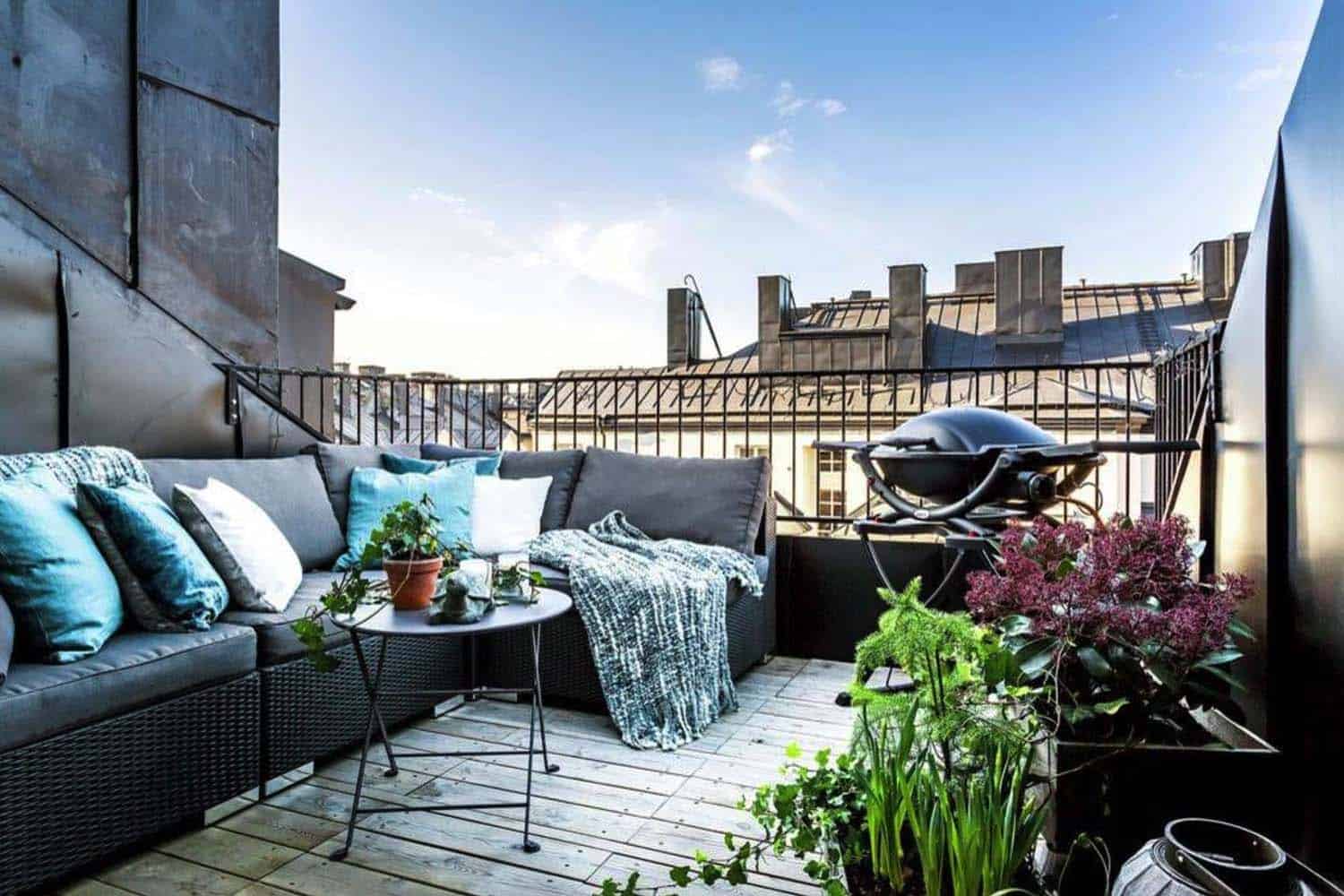

Articles
What To Put On Balcony Floor
Modified: January 27, 2024
Looking for ideas on what to put on your balcony floor? Check out our latest articles filled with tips and inspiration for transforming your outdoor space into a stylish oasis.
(Many of the links in this article redirect to a specific reviewed product. Your purchase of these products through affiliate links helps to generate commission for Storables.com, at no extra cost. Learn more)
Introduction
When it comes to creating an inviting and functional outdoor space, the balcony is often overlooked. However, the balcony floor is an essential aspect that can significantly impact the overall look and feel of this outdoor area. Whether you have a small balcony in an apartment or a spacious terrace in a house, choosing the right flooring option can enhance the aesthetic appeal and make it a more enjoyable space to relax or entertain.
With a wide range of flooring materials available, selecting the perfect option for your balcony can be a bit overwhelming. Factors such as durability, weather resistance, maintenance requirements, and aesthetic appeal all come into play. In this article, we will explore ten popular balcony flooring options, their pros and cons, and considerations to help you make an informed decision.
Key Takeaways:
- Transform your balcony into a cozy oasis with outdoor rugs, deck tiles, or artificial grass for a low-maintenance, stylish, and comfortable flooring option.
- Consider the durability, maintenance, and aesthetic appeal of options like wood decking, concrete tiles, or rubber tiles to create a functional and visually appealing outdoor space.
Read more: How To Repair Balcony Floor
Outdoor Rugs
One of the easiest and most cost-effective ways to spruce up your balcony floor is by using outdoor rugs. These rugs come in various sizes, patterns, and materials, allowing you to choose one that matches your style and complements the overall aesthetic of your outdoor space.
Outdoor rugs are designed to withstand the elements, making them perfect for balconies exposed to rain, sun, and wind. They provide a soft and comfortable surface underfoot, making your balcony feel cozy and inviting. Additionally, outdoor rugs can help define different zones on your balcony, such as a seating area or a dining spot.
However, it’s important to select an outdoor rug that is specifically made for outdoor use. These rugs are typically crafted from synthetic materials like polypropylene, which are resistant to fading, mold, and mildew. They are also easy to clean, as you can simply hose them down or wipe them with a damp cloth.
While outdoor rugs can instantly elevate the look of your balcony, they do require some maintenance. Regular cleaning and occasional sun drying are essential to prevent dirt and moisture build-up. It’s also advisable to store them indoors during the winter months or when not in use to prolong their lifespan.
Furthermore, outdoor rugs are not suitable for balconies with an open floor design or those subjected to heavy foot traffic. Over time, the constant movement may cause the rug to shift or become worn out. Therefore, it’s best to consider alternative flooring options for highly trafficked areas or balconies with an open floor plan.
Deck Tiles
Deck tiles are an excellent option for transforming your balcony floor into a stylish and functional space. These interlocking tiles are made from a variety of materials such as wood, composite, or rubber, and offer a quick and easy way to upgrade the look of your balcony.
One of the main advantages of deck tiles is their versatility. They can be installed on top of any flat surface, including concrete, plywood, or even an existing balcony floor. The interlocking design allows for easy installation without the need for adhesives or tools, making it a hassle-free DIY project.
Deck tiles come in a range of finishes and styles, giving you the freedom to choose a design that suits your taste and complements your balcony’s aesthetic. Wood deck tiles, for example, create a warm and natural look, while composite tiles offer the durability of synthetic materials with the appearance of real wood.
In addition to their aesthetic appeal, deck tiles also provide several practical benefits. They offer a comfortable and slip-resistant surface that is ideal for outdoor activities, such as hosting gatherings or relaxing with a book. They also provide a protective layer that helps to preserve the underlying flooring and prevent damage from spills or heavy furniture.
However, it’s important to note that deck tiles may require periodic maintenance. Depending on the material, they may need to be sealed or treated to protect them from moisture and UV damage. Regular cleaning with a mild detergent is also recommended to keep them looking their best.
Lastly, deck tiles are an investment, and the cost can vary depending on the material and quality. However, considering their durability and ability to transform your balcony, they offer a cost-effective solution compared to other flooring options.
Composite Decking
If you’re looking for a balcony flooring option that combines the natural beauty of wood with the durability of synthetic materials, composite decking is an excellent choice. Made from a blend of recycled wood fibers and plastic, composite decking offers the best of both worlds.
One of the key advantages of composite decking is its low-maintenance nature. Unlike traditional wood decking, which requires regular staining, sealing, and sanding, composite decking is virtually maintenance-free. It is resistant to fading, rotting, and warping, making it an ideal option for balconies exposed to the elements.
Composite decking is also highly durable, able to withstand heavy foot traffic and resist scratches and stains. This makes it a suitable choice for balconies that will be frequently used for entertaining or lounging. Additionally, composite decking is available in a wide range of colors and finishes, allowing you to achieve the desired look for your balcony.
Another advantage of composite decking is its eco-friendly nature. As it is made from recycled materials, it helps reduce deforestation and the use of virgin wood. Furthermore, composite decking does not require the use of harmful chemicals for maintenance, making it a safer option for both you and the environment.
Installation of composite decking is relatively straightforward, with the option of either concealed fasteners or standard screws. It is important to follow the manufacturer’s instructions for proper installation to ensure a secure and stable balcony floor.
However, it’s important to consider that composite decking can be more expensive upfront compared to other flooring options. However, the long-term benefits and durability of composite decking often justify the initial investment.
Overall, composite decking offers a beautiful and low-maintenance flooring option for your balcony. Its durability, eco-friendliness, and wide range of design options make it a popular choice among homeowners looking to enhance their outdoor space.
Artificial Grass
For those who desire a lush and green balcony floor without the hassle of maintenance, artificial grass is a fantastic option. Artificial grass provides a vibrant and natural-looking surface that requires little to no upkeep, making it ideal for balconies of all sizes.
One of the main advantages of artificial grass is its low-maintenance nature. Unlike real grass, there is no need for watering, mowing, or fertilizing. It stays green year-round, regardless of weather conditions, ensuring a visually appealing balcony all year long. Additionally, artificial grass is resistant to fading, making it a long-lasting option for outdoor areas.
Artificial grass is also durable and resilient, able to withstand heavy foot traffic without losing its shape or color. This makes it a great choice for balconies that will be frequently used for socializing or entertaining. Additionally, artificial grass provides a soft and comfortable surface underfoot, making it a pleasant area to walk and relax on.
Installation of artificial grass is relatively straightforward, but it is important to prepare the balcony surface properly. The area needs to be well-leveled and cleared of any debris or obstacles. Depending on the size of your balcony, you may also need to consider using adhesive or securing the edges of the grass to ensure it stays in place.
While artificial grass is a low-maintenance option, it does require periodic cleaning to remove any accumulated dust or dirt. This can be done by hosing down the grass or using a broom or brush to sweep away debris. It is also advisable to use a mild soap solution to remove any stains or spills that may occur.
While artificial grass offers numerous benefits, it is important to consider the cost. The price of artificial grass can vary depending on the quality and brand, with higher-quality options being more expensive. However, for those seeking a hassle-free and visually appealing balcony floor, artificial grass is a great investment that will bring the beauty of nature to your outdoor space.
Read also: 15 Best Balcony Flooring For 2024
Pebbles or Gravel
If you’re looking for an option that adds a natural and rustic touch to your balcony, pebbles or gravel can be a great choice. This flooring option is versatile, affordable, and easy to install, making it a popular option for balconies of various sizes and styles.
Pebbles or gravel can add texture and visual interest to your balcony floor. They come in different colors, shapes, and sizes, allowing you to create a unique and personalized look. Whether you prefer a smooth and uniform surface or a more eclectic arrangement, pebbles or gravel can help create a charming and inviting outdoor space.
One of the advantages of using pebbles or gravel is that they provide excellent drainage. This makes them suitable for balconies that are exposed to rain or have poor water runoff. The gaps between the pebbles allow water to flow through, preventing any standing water or potential damage to the underlying flooring.
Another benefit of using pebbles or gravel is their low-maintenance nature. They require minimal upkeep, as they do not need to be watered or mowed like real grass. Regular sweeping or raking is sufficient to keep them clean and free from debris. Additionally, pebbles or gravel are durable and can withstand constant foot traffic.
Installation of pebbles or gravel is relatively simple. Start by preparing the balcony floor, ensuring it is clean and level. Lay a landscape fabric or weed barrier to prevent weed growth and then spread a layer of pebbles or gravel evenly across the surface. You can choose to compact them or leave them loose depending on your desired aesthetic.
It’s important to note that pebbles or gravel may not be suitable for balconies where comfort and sitting directly on the floor are a priority. While they can create a beautiful and natural look, they may not provide the same comfort as other flooring options like deck tiles or outdoor rugs. It’s worth considering adding additional seating or cushions to make the space more inviting.
Overall, pebbles or gravel provide a unique and cost-effective way to enhance the visual appeal of your balcony. With their natural appeal and low maintenance requirements, they offer a charming outdoor flooring option that can transform your balcony into a tranquil and serene oasis.
Consider using outdoor rugs or artificial grass to cover the balcony floor. These options are easy to clean, provide a comfortable surface, and can add a pop of color to the space.
Wood Decking
If you’re looking to bring a touch of warmth and natural beauty to your balcony, wood decking is a classic and timeless choice. Wood decking offers a traditional and elegant look that complements a wide range of architectural styles, making it a popular flooring option for outdoor spaces.
Wood decking is available in various types of wood, including cedar, redwood, and tropical hardwoods like teak and ipe. Each type of wood has its own unique characteristics, such as color, grain pattern, and durability. It’s important to choose a wood species that is suitable for outdoor use and can withstand the elements.
One of the key benefits of wood decking is its aesthetic appeal. The natural warmth and beauty of wood create a welcoming and inviting atmosphere on your balcony. Additionally, wood decking can be stained or painted in different colors to match your desired style and complement your outdoor décor.
Wood decking is also durable and can handle heavy foot traffic. It provides a sturdy and stable surface for walking, lounging, or placing outdoor furniture. However, it’s important to maintain and care for wood decking properly to ensure its longevity.
Regular cleaning and sealing of wood decking are essential to protect it from moisture, sunlight, and weathering. It’s recommended to use a wood cleaner and a sealant or stain specifically designed for outdoor use. Additionally, inspecting the deck regularly for any signs of damage or rot and making necessary repairs will help prolong its lifespan.
It’s important to note that wood decking requires more maintenance compared to some other balcony flooring options. This includes periodic resealing or staining and regular cleaning to keep it looking its best. However, the warmth and natural beauty that wood decking brings to your balcony are often worth the effort.
When installing wood decking, it’s crucial to ensure proper ventilation beneath the boards and follow the manufacturer’s recommendations for gap spacing and installation techniques. This allows for proper airflow and helps prevent moisture buildup that can lead to rot and decay.
Overall, wood decking offers a traditional and timeless option for your balcony floor. With proper maintenance and care, it can provide years of enjoyment and create a stunning outdoor space where you can relax and soak in the beauty of nature.
Concrete Tiles
If you’re looking for a versatile and durable flooring option for your balcony, concrete tiles are an excellent choice. Concrete tiles offer a contemporary and sleek look that can enhance the aesthetic appeal of your outdoor space.
One of the main advantages of concrete tiles is their durability. They are resistant to wear and tear, making them ideal for balconies that experience heavy foot traffic. Concrete tiles are also highly resistant to stains, scratches, and fading, ensuring they maintain their appearance for years to come.
Concrete tiles come in various colors, patterns, and finishes, allowing you to create a customized look for your balcony. From minimalist and modern designs to intricate patterns, there is a vast range of options to suit your personal style and complement your outdoor decor.
Additionally, concrete tiles are relatively low-maintenance. Regular sweeping and occasional mopping are typically all that is required to keep them clean. However, it’s important to avoid using abrasive cleaners or tools that could scratch the surface of the tiles.
Another advantage of concrete tiles is their versatility in design and placement. They can be installed on both the floor and walls, allowing for a cohesive and unified look. Concrete tiles can also be combined with other materials such as wood or stone to create interesting and unique patterns.
When installing concrete tiles, it’s important to ensure proper installation and sealing to prevent any potential water damage. The tiles should be properly sealed to protect against moisture and potential staining. It’s also advisable to use a professional installer or follow manufacturer guidelines for optimal results.
While concrete tiles offer numerous benefits, they can be heavy and may require additional structural reinforcement on balconies with weight restrictions. It’s important to consult with a professional to ensure the balcony structure can support the weight of the tiles.
Overall, concrete tiles provide a contemporary and versatile flooring option for your balcony. With their durability, low-maintenance nature, and wide range of design options, they offer a stylish and long-lasting solution to enhance your outdoor space.
Rubber Tiles
If you’re looking for a balcony flooring option that offers comfort, safety, and versatility, rubber tiles are an excellent choice. Rubber tiles provide a cushioned and slip-resistant surface, making them perfect for balconies used for various activities such as exercising, playing, or lounging.
One of the main advantages of rubber tiles is their shock-absorbent properties. They offer a soft and comfortable surface underfoot, reducing the impact on joints and making it ideal for high-traffic areas. Rubber tiles also provide insulation, keeping your balcony cooler in hot weather and warmer in colder seasons.
Rubber tiles are slip-resistant, even when wet, making them a safe option for balconies exposed to rain or for those with a pool nearby. This slip resistance is especially advantageous for families with children or elderly individuals who may be at a higher risk of falls or accidents.
Another benefit of rubber tiles is their durability. They are resistant to wear, stains, and UV damage, making them suitable for long-term use. Rubber tiles are also low-maintenance and easy to clean, typically requiring only regular sweeping or mopping to keep them looking their best.
Rubber tiles come in a variety of colors, patterns, and thicknesses, allowing you to create a customized look for your balcony. You can choose solid colors for a sleek and modern appearance or opt for patterns for a more playful and vibrant outdoor space.
Installation of rubber tiles is relatively simple. They often come with interlocking edges, allowing for easy assembly without the need for adhesives. Rubber tiles can be installed directly on top of a clean and level surface, such as concrete or plywood, making them a versatile and convenient option.
While rubber tiles offer numerous benefits, it’s important to note that they can absorb heat and may become hot to the touch in direct sunlight. If you live in a hot climate, consider selecting lighter-colored rubber tiles or providing shade to prevent excessive heating.
Overall, rubber tiles provide a comfortable, safe, and versatile flooring option for balconies. With their cushioned surface, slip-resistance, and easy maintenance, they offer a practical and enjoyable outdoor space where you can relax and engage in various activities.
Read more: What Is Balcony
Porcelain or Ceramic Tiles
If you’re looking for a balcony flooring option that combines durability with a sophisticated look, porcelain or ceramic tiles are an excellent choice. These tiles offer a sleek and elegant appearance, making them perfect for balconies that require a touch of style.
One of the main advantages of porcelain or ceramic tiles is their durability. These tiles are resistant to scratches, stains, and fading, making them suitable for outdoor areas exposed to the elements. They are also highly resistant to moisture, making them an ideal choice for balconies subjected to rain or high humidity.
Porcelain and ceramic tiles are available in a wide range of colors, patterns, and textures, allowing you to achieve your desired aesthetic. From classic and timeless designs to more modern and contemporary options, you can find tiles that match your personal style and complement your outdoor decor.
Aside from their aesthetic appeal, porcelain or ceramic tiles are low-maintenance. They are easy to clean with regular sweeping and occasional mopping. Additionally, these tiles are resistant to mold and mildew, making them hygienic and suitable for balconies prone to dampness.
When installing porcelain or ceramic tiles, it’s important to ensure that they are properly laid and grouted to prevent water from seeping through. Adequate slope and drainage are essential to avoid standing water and potential damage to the underlying balcony structure. Consulting with a professional installer is recommended to ensure the job is done correctly.
It’s worth noting that porcelain tiles are denser and less porous than ceramic tiles, making them more resistant to moisture absorption and staining. They are also typically more expensive than ceramic tiles. However, both options offer durability and a beautiful finish for your balcony floor.
It’s important to take caution when selecting porcelain or ceramic tiles with a glossy finish, as they can become slippery when wet. Consider choosing tiles with a textured or matte surface for added slip resistance.
Overall, porcelain or ceramic tiles provide a sophisticated and durable flooring option for your balcony. With their wide range of design choices and low-maintenance nature, they offer a timeless and stylish solution to enhance your outdoor space.
Outdoor Carpeting
If you’re looking for a cozy and comfortable flooring option for your balcony, outdoor carpeting is a great choice. Outdoor carpeting provides a soft and inviting surface that can transform your balcony into a comfortable and relaxing space.
Outdoor carpets are specifically designed to withstand the elements, making them suitable for balconies exposed to rain, sun, and wind. They are made from durable materials such as synthetic fibers that are resistant to fading, mold, and mildew. This ensures that your outdoor carpet will retain its beauty and functionality even in harsh weather conditions.
One of the main advantages of outdoor carpeting is its comfort underfoot. Whether you’re sitting, walking, or lounging on the balcony, the carpet offers a cushioned and plush surface that adds warmth and coziness to the space. It also helps to reduce noise, making it a great option for those living in apartments or multi-story buildings.
Outdoor carpets come in a variety of colors, patterns, and styles, allowing you to choose one that suits your personal taste and complements your balcony decor. From neutral tones to bold designs, you can find outdoor carpets that enhance the overall aesthetic of your outdoor space.
Installation of outdoor carpeting is relatively simple. Most outdoor carpets come in rolls or tiles that can be easily cut to fit the dimensions of your balcony. Depending on the type of outdoor carpet you choose, installation may involve using adhesives or simply laying the carpet down and anchoring it with weights or tape.
Maintenance of outdoor carpeting is easy. Regular vacuuming, coupled with occasional spot cleaning or hosing down, is usually sufficient to keep outdoor carpets clean and free of debris. Some outdoor carpets are also treated with stain-resistant coatings, making them even more resistant to spills and dirt.
While outdoor carpeting provides a cozy and inviting surface, it’s important to note that it may not be the most ideal option for balconies that are prone to excessive moisture or have poor drainage. In such cases, it’s advisable to choose a flooring option that allows for better water runoff to prevent damage to both the carpet and the underlying balcony structure.
Overall, outdoor carpeting offers a comfortable and visually appealing flooring option for balconies. With its durability, softness, and ability to transform the space into a cozy retreat, outdoor carpeting is an excellent choice for those looking to create a welcoming and comfortable outdoor area.
Conclusion
Choosing the right flooring for your balcony is crucial in creating a functional and visually appealing outdoor space. With a wide variety of options available, it’s important to consider factors such as durability, maintenance, style, and comfort to make an informed decision.
Outdoor rugs provide a quick and affordable way to add color and comfort to your balcony, while deck tiles offer versatility and ease of installation. Composite decking offers the beauty of natural wood with added durability and low maintenance. Artificial grass provides a lush and green surface without the need for watering or mowing. Pebbles or gravel create a natural and rustic look, while wood decking exudes a timeless charm.
Concrete tiles offer a contemporary and sleek appearance, while rubber tiles provide comfort, safety, and versatility. Porcelain or ceramic tiles bring elegance and durability to your balcony, and outdoor carpeting offers a cozy and inviting surface.
When making your selection, consider the specific needs and style of your balcony. Think about the level of maintenance you’re willing to undertake, the climatic conditions in your area, and the overall aesthetic you want to achieve. You should also factor in any restrictions or weight limitations your balcony may have.
In conclusion, the choice of flooring for your balcony is an important decision that can greatly enhance the functionality and visual appeal of your outdoor space. By selecting a flooring option that suits your needs and style, you can create a balcony that becomes a favorite spot for relaxation, entertaining, and enjoying the outdoors.
Frequently Asked Questions about What To Put On Balcony Floor
Was this page helpful?
At Storables.com, we guarantee accurate and reliable information. Our content, validated by Expert Board Contributors, is crafted following stringent Editorial Policies. We're committed to providing you with well-researched, expert-backed insights for all your informational needs.
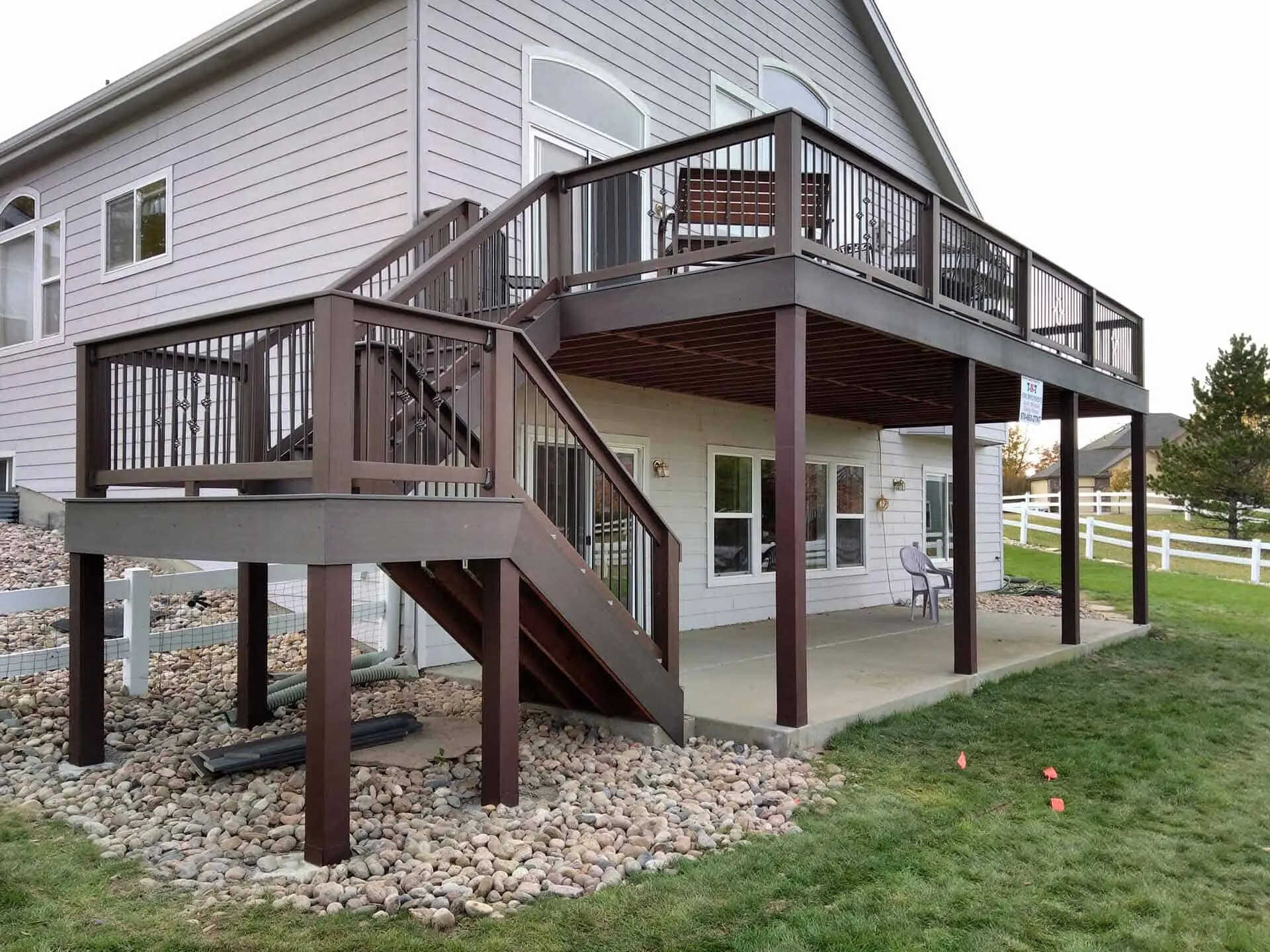
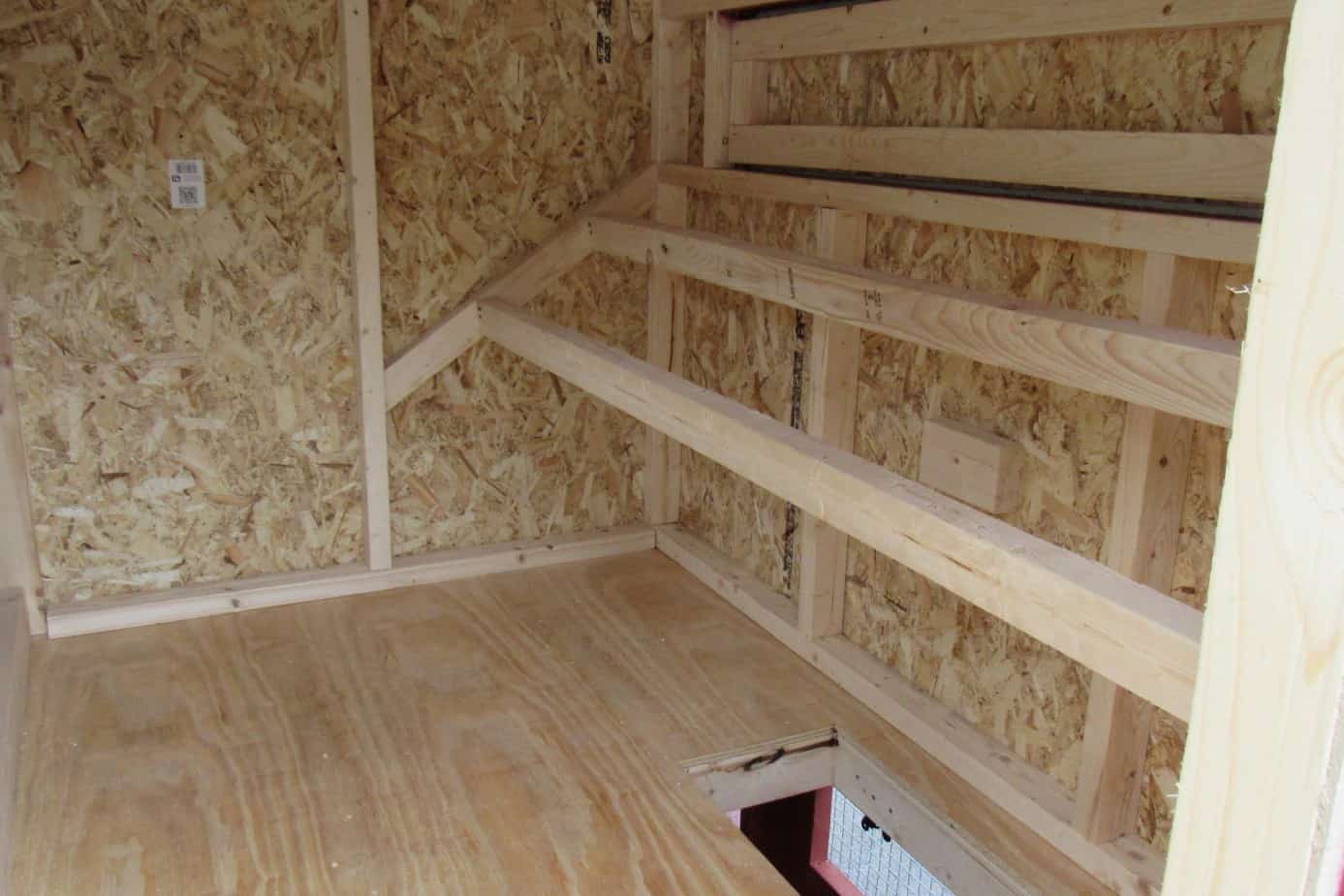
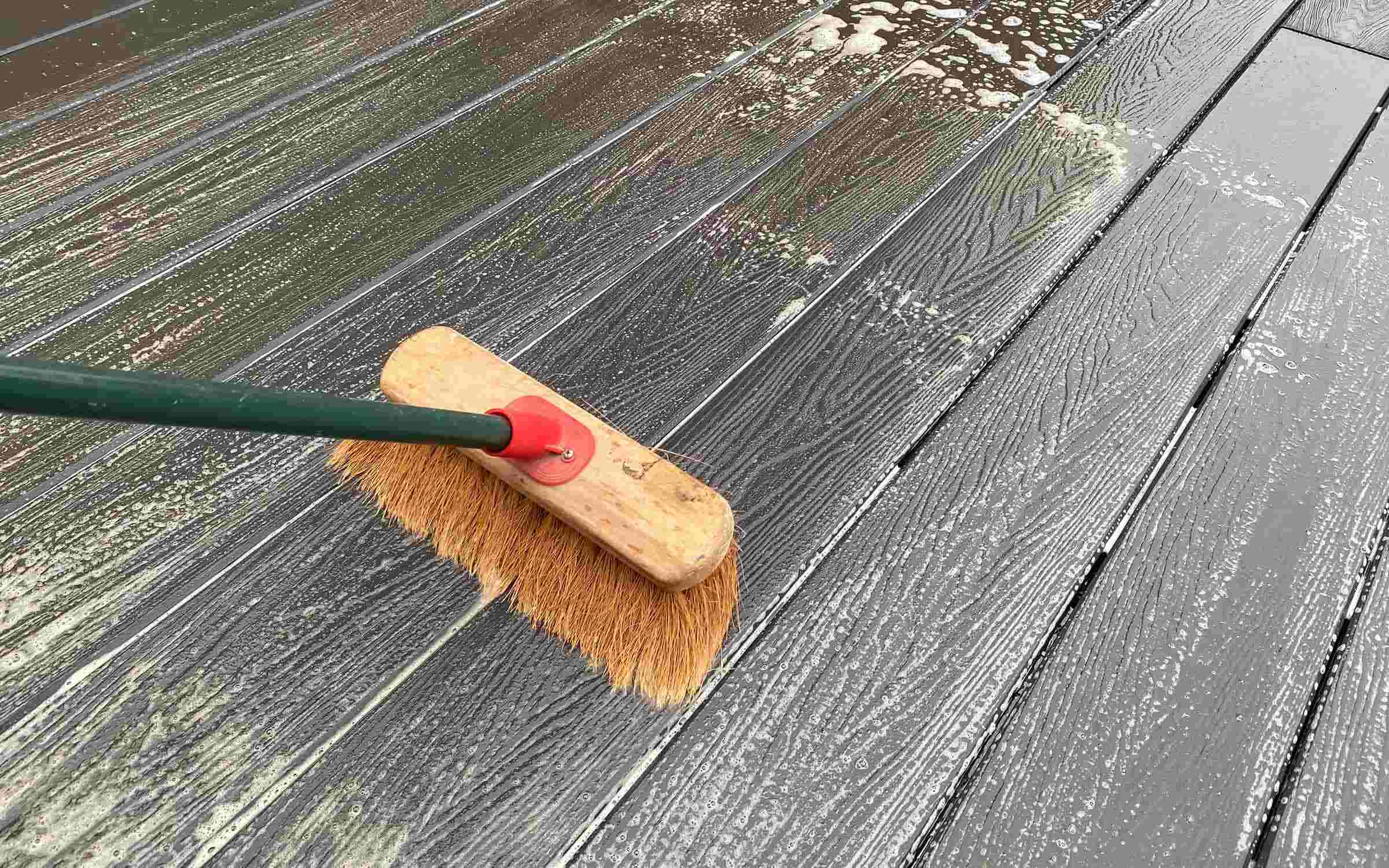
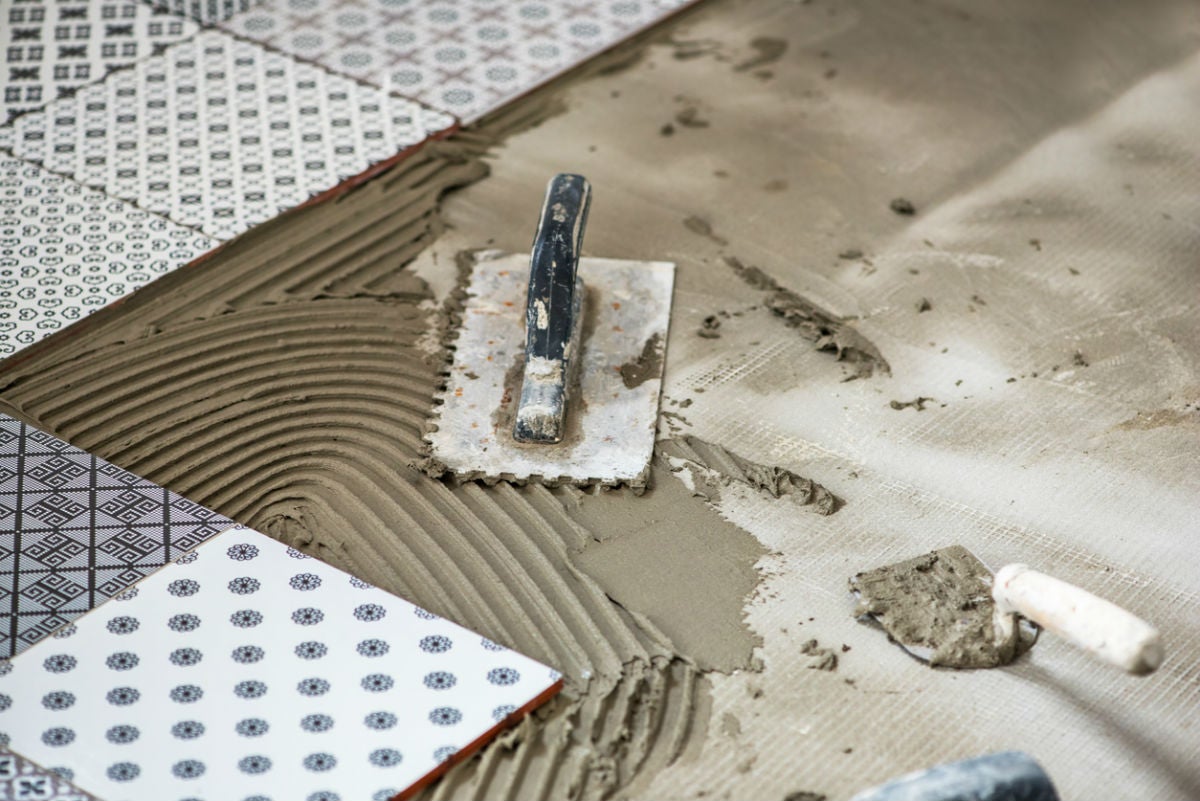
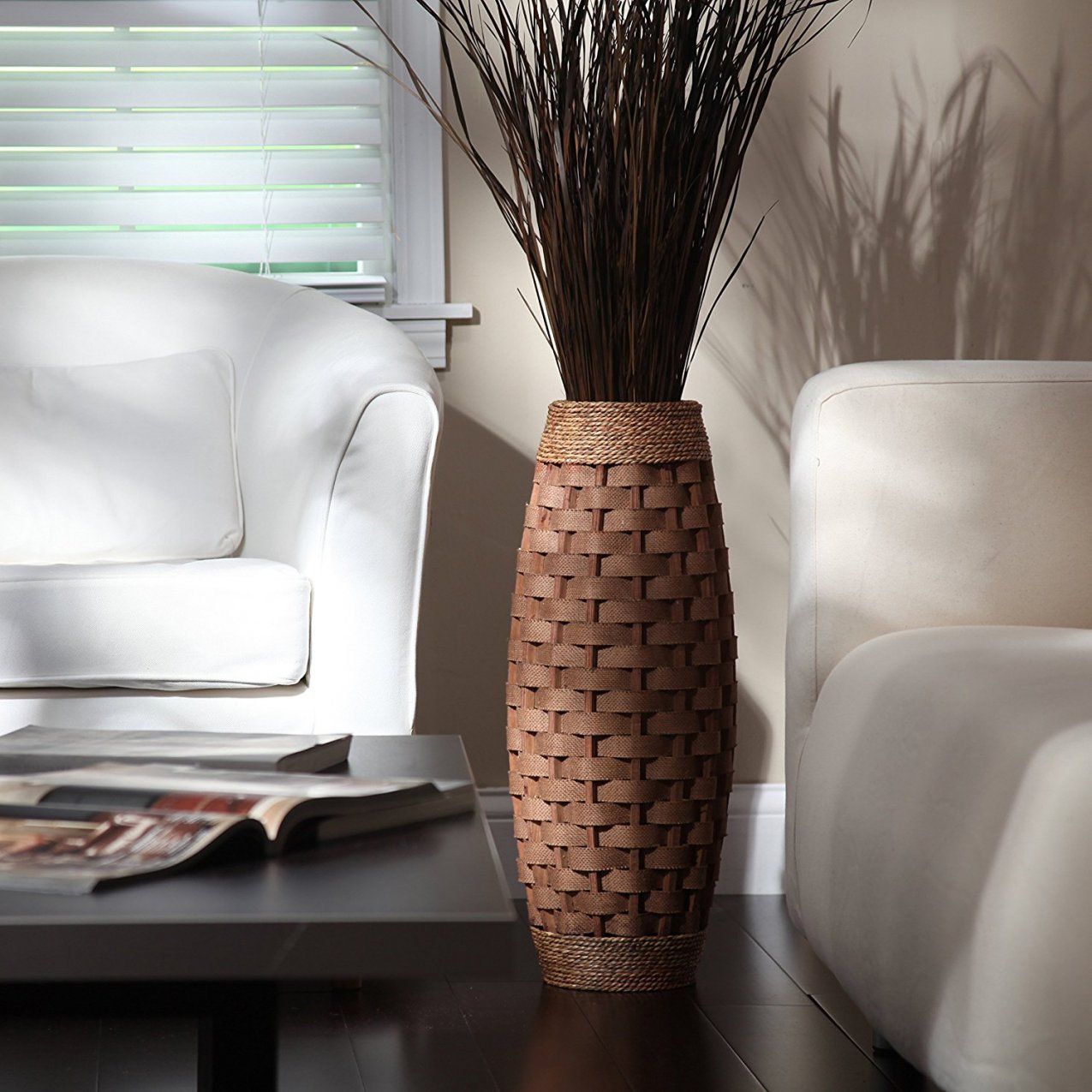
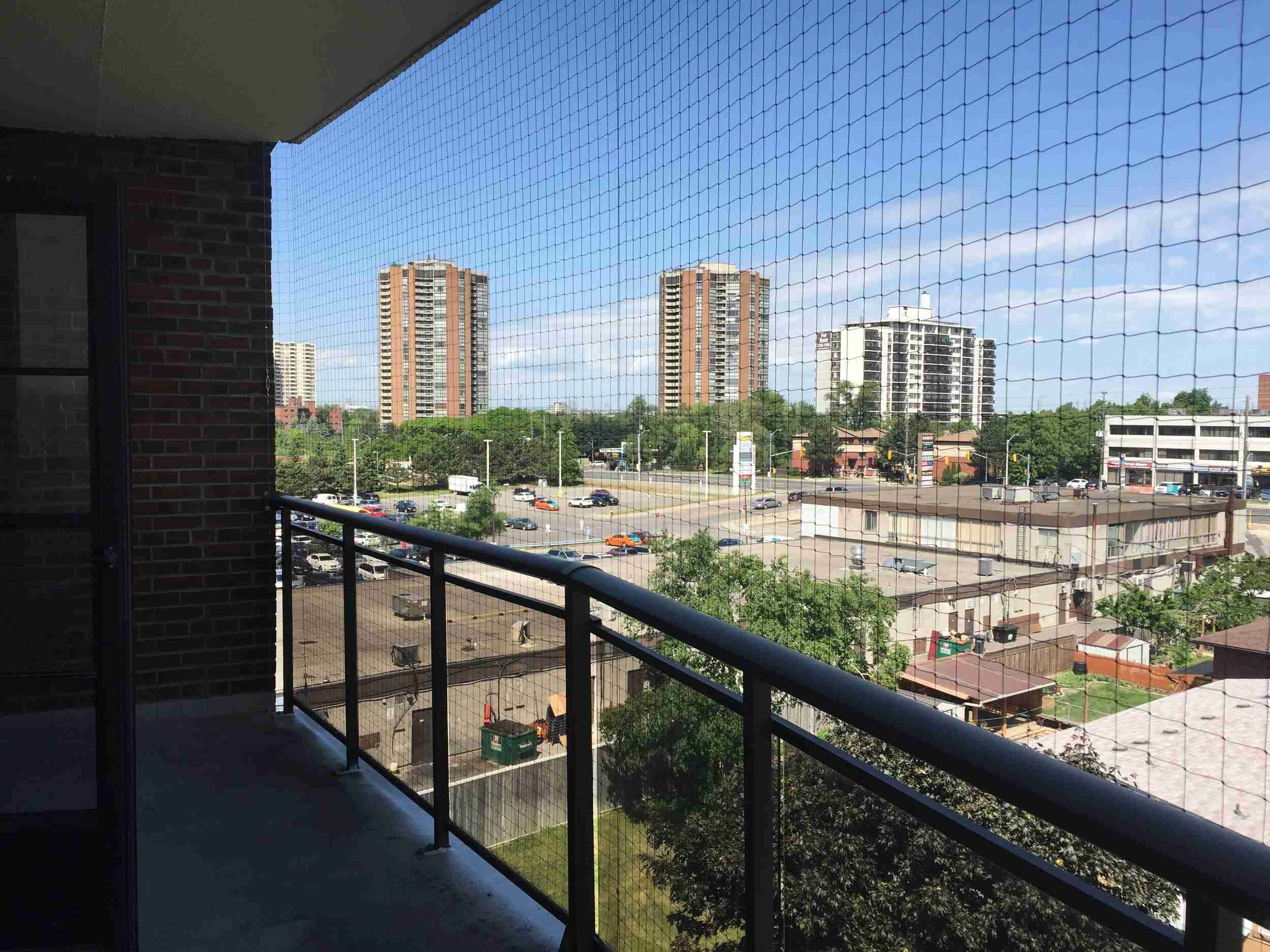
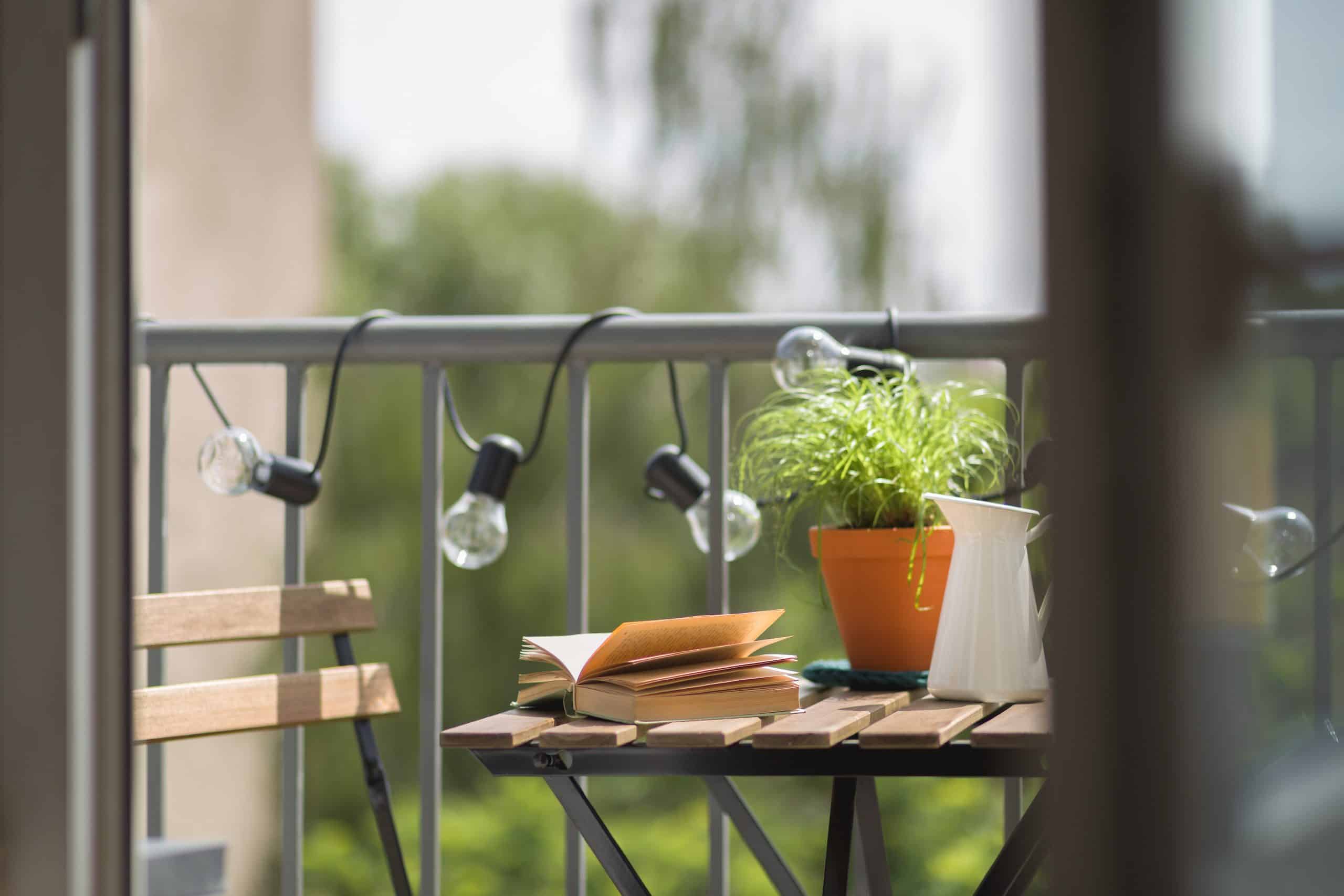
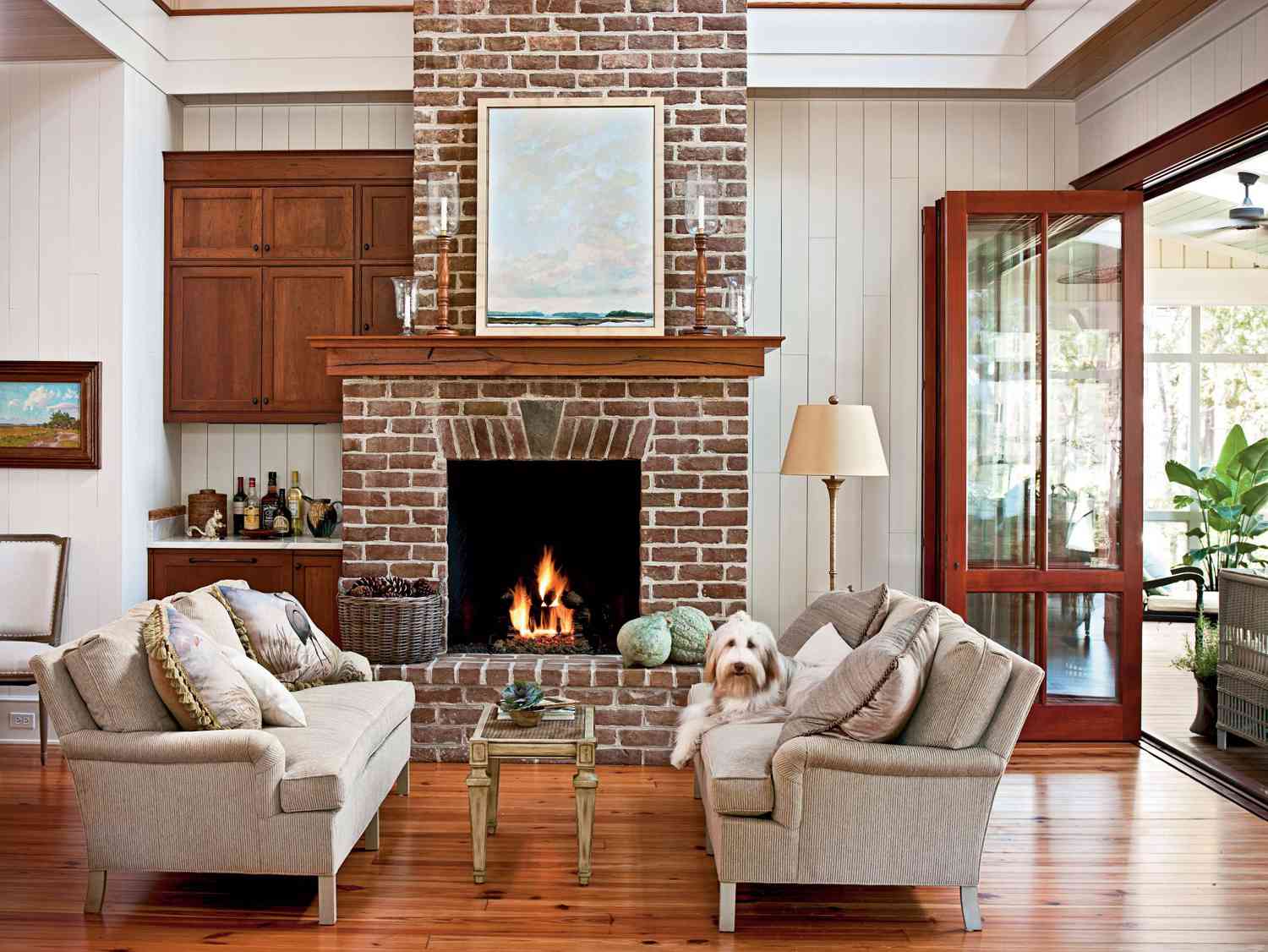
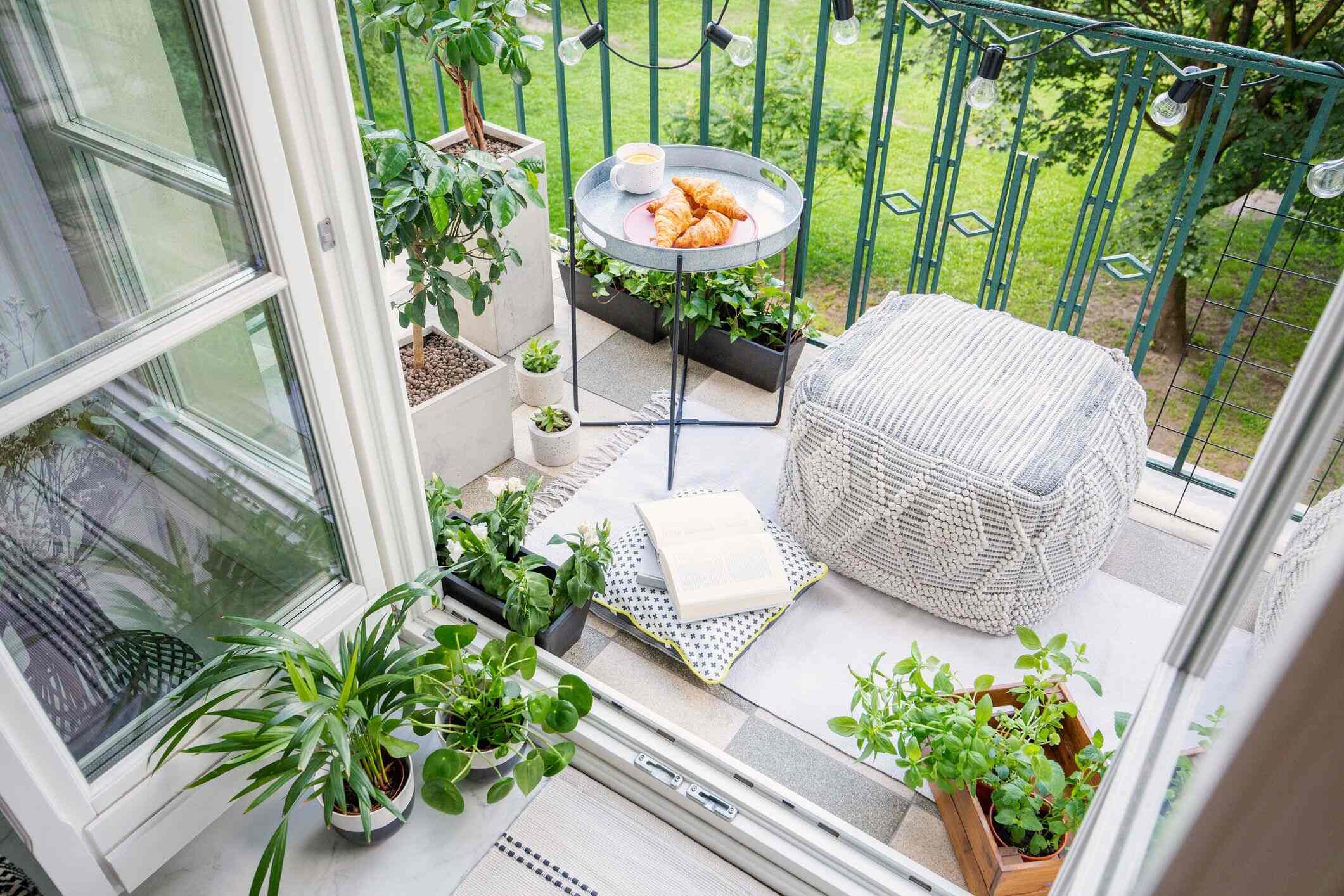
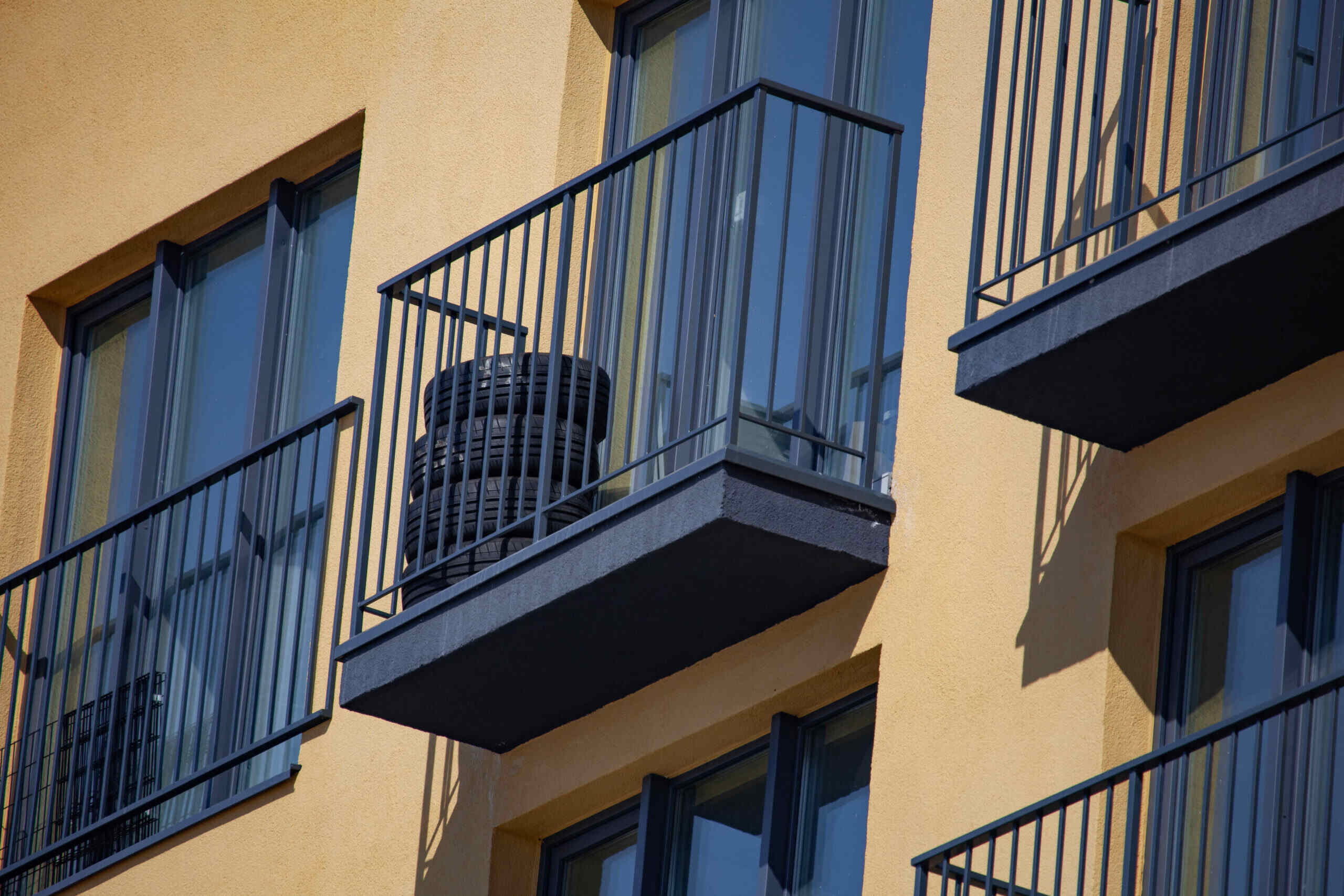
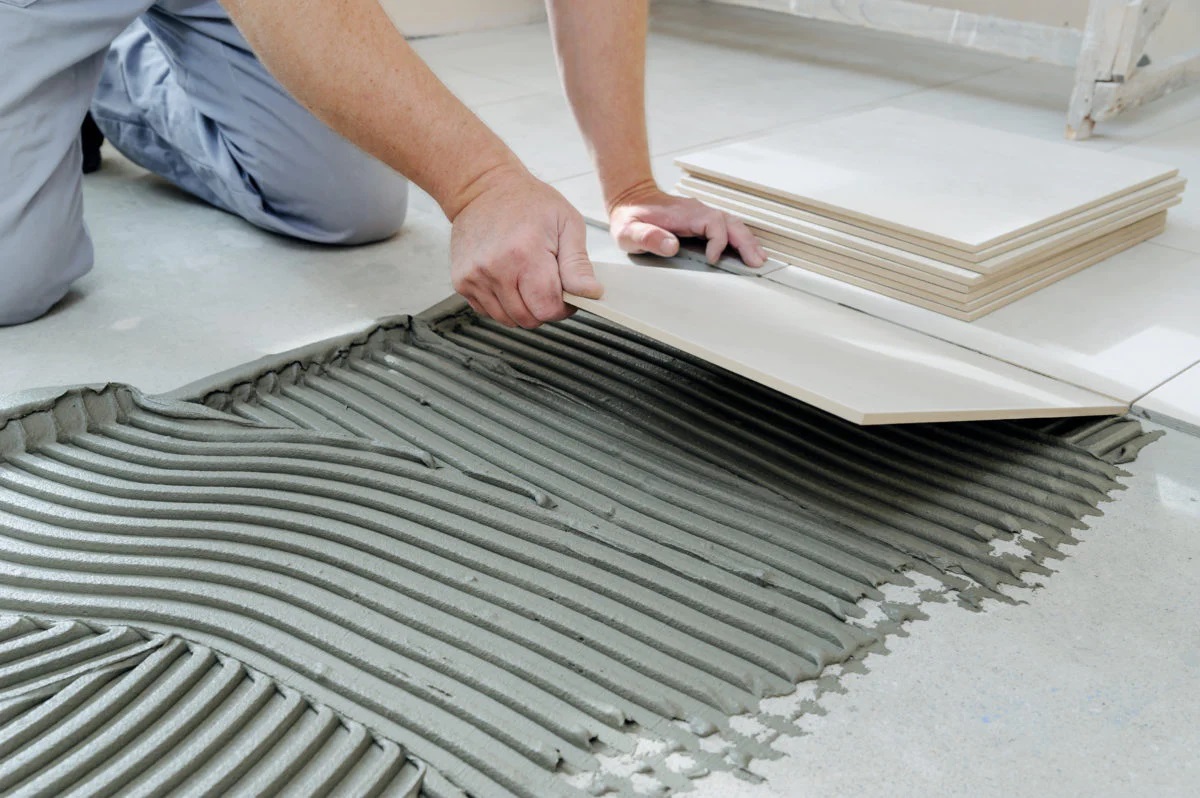
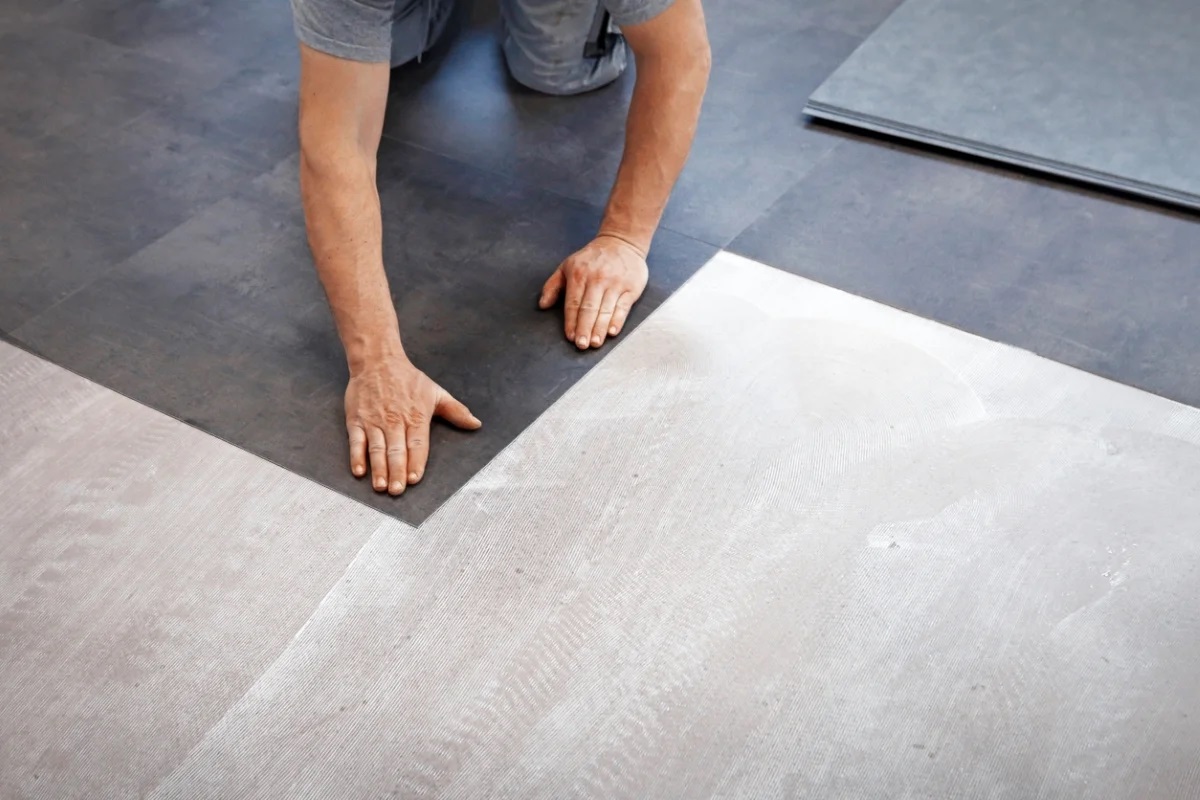
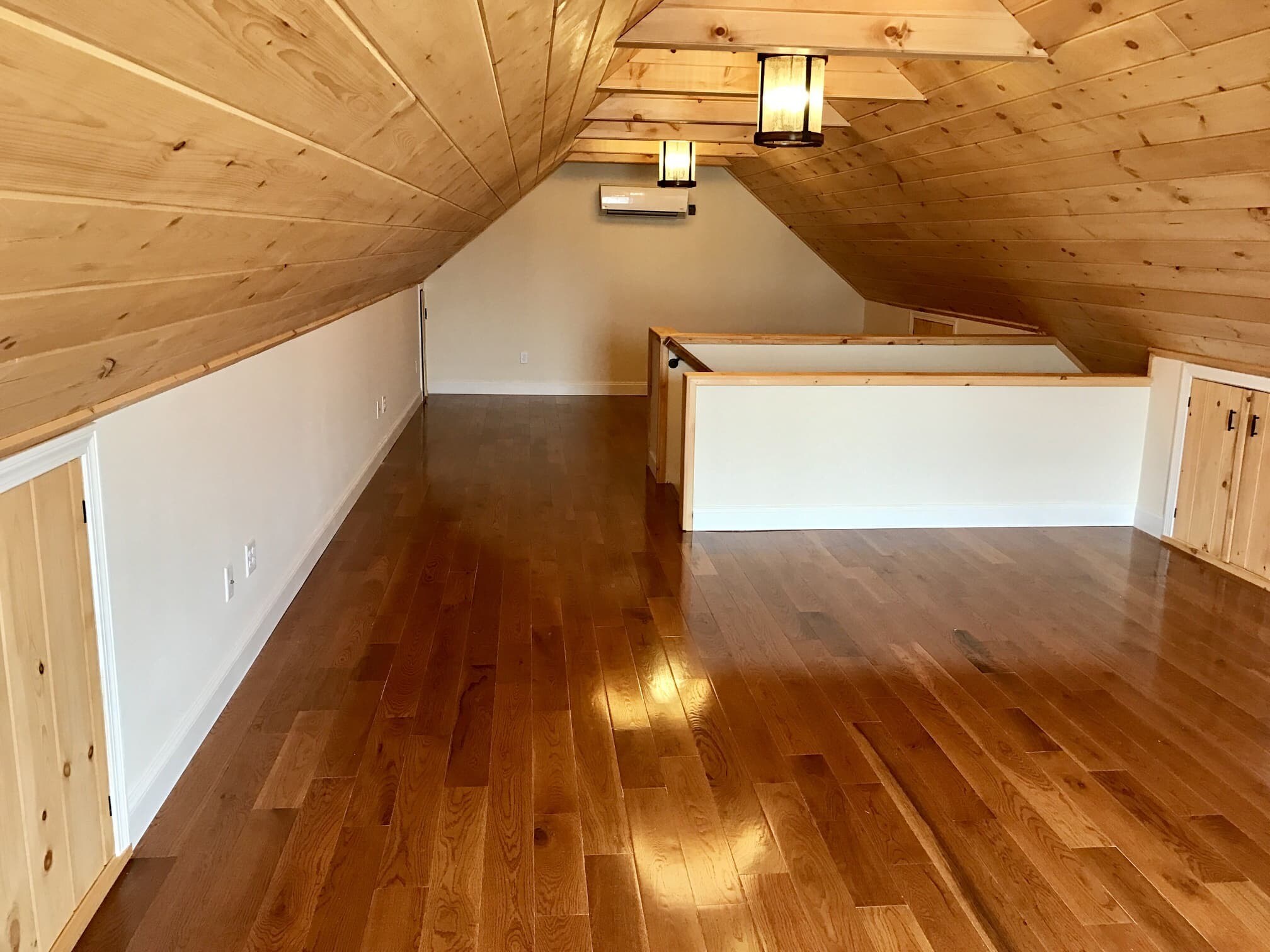

0 thoughts on “What To Put On Balcony Floor”